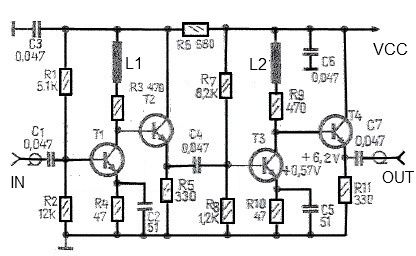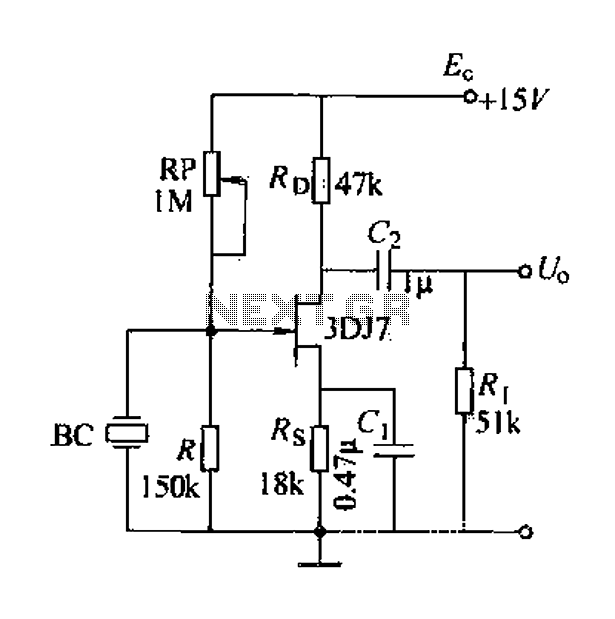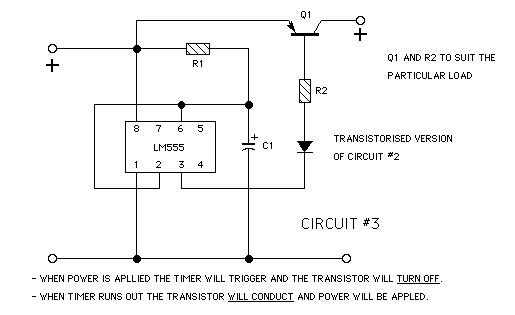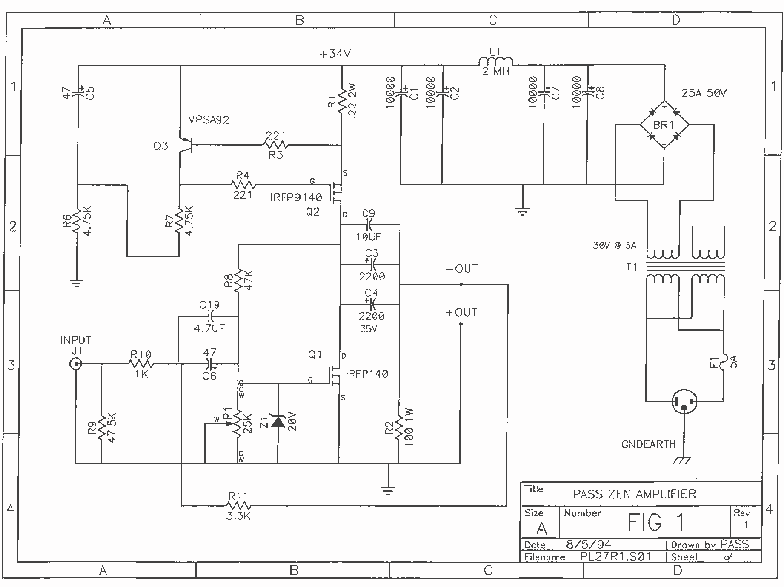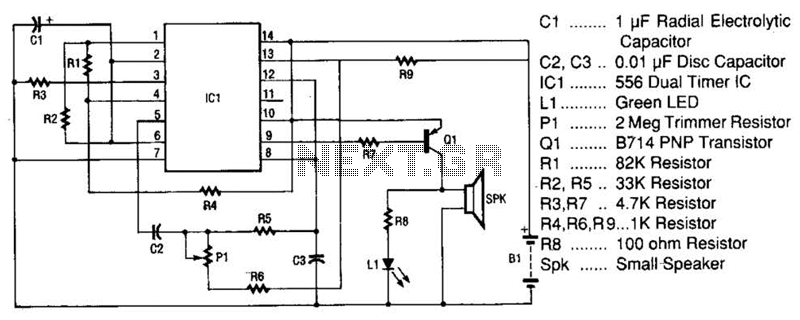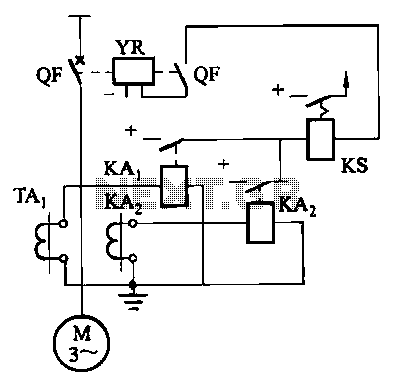
W7800 by the application circuit composed of power supply tracking
The W7800 is a positive integrated voltage regulator, while the F007 consists of an operational amplifier used in a power supply tracking application circuit. Some configurations utilize both positive and negative power supplies, with a negative supply necessary to track variations in the positive supply. The W7800 operates with the positive supply, allowing operational amplifiers and power transistors to manage the negative supply. The circuit employs two identical high-precision 4.7 kΩ resistors, establishing the control inputs of the F007 at a zero level. The output of the F007 regulates the negative loop, ensuring that the output of the negative supply tracks the output of the positive supply. The F007 operational amplifier is powered by both positive and negative input voltage sources.
The W7800 voltage regulator is designed to provide a stable output voltage, making it suitable for various applications where a consistent power supply is critical. Its integration allows for reduced component count and improved reliability in electronic circuits. The F007 operational amplifier complements the W7800 by enabling precise tracking of the output voltage, which is particularly important in systems where the positive and negative supplies must remain in sync.
The operational amplifier in the F007 configuration is connected in a feedback loop that monitors the output voltage of the W7800. By utilizing high-precision resistors, the circuit achieves accurate control over the output, ensuring that any variations in the positive supply are mirrored by the negative supply. This tracking mechanism is essential in applications such as dual-supply op-amp circuits, where maintaining a balanced supply voltage is crucial for optimal performance.
In summary, the combination of the W7800 and F007 creates a robust solution for power supply regulation, where both positive and negative voltages are managed efficiently. The design emphasizes precision and stability, making it an ideal choice for sensitive electronic systems that require reliable power management. As shown in FIG W7800 is positive Integrated voltage regulator and F007 consisting of an operational amplifier power supply tracking application circuit. Some use positive and negative of the power supply, a negative supply required to track changes in the positive supply. Figure W7800 do with the positive supply, operational amplifiers and power tubes can be traced negative supply. Shown by two identical (higher precision) of 4.7 k resistor, the potential of the F007s control inputs at zero level, and the output of the F007 with the power to control the negative loop regulator to maintain the output of the negative positive output tracking.
F007 op amp power supply with positive and negative input voltage source.
The W7800 voltage regulator is designed to provide a stable output voltage, making it suitable for various applications where a consistent power supply is critical. Its integration allows for reduced component count and improved reliability in electronic circuits. The F007 operational amplifier complements the W7800 by enabling precise tracking of the output voltage, which is particularly important in systems where the positive and negative supplies must remain in sync.
The operational amplifier in the F007 configuration is connected in a feedback loop that monitors the output voltage of the W7800. By utilizing high-precision resistors, the circuit achieves accurate control over the output, ensuring that any variations in the positive supply are mirrored by the negative supply. This tracking mechanism is essential in applications such as dual-supply op-amp circuits, where maintaining a balanced supply voltage is crucial for optimal performance.
In summary, the combination of the W7800 and F007 creates a robust solution for power supply regulation, where both positive and negative voltages are managed efficiently. The design emphasizes precision and stability, making it an ideal choice for sensitive electronic systems that require reliable power management. As shown in FIG W7800 is positive Integrated voltage regulator and F007 consisting of an operational amplifier power supply tracking application circuit. Some use positive and negative of the power supply, a negative supply required to track changes in the positive supply. Figure W7800 do with the positive supply, operational amplifiers and power tubes can be traced negative supply. Shown by two identical (higher precision) of 4.7 k resistor, the potential of the F007s control inputs at zero level, and the output of the F007 with the power to control the negative loop regulator to maintain the output of the negative positive output tracking.
F007 op amp power supply with positive and negative input voltage source.
